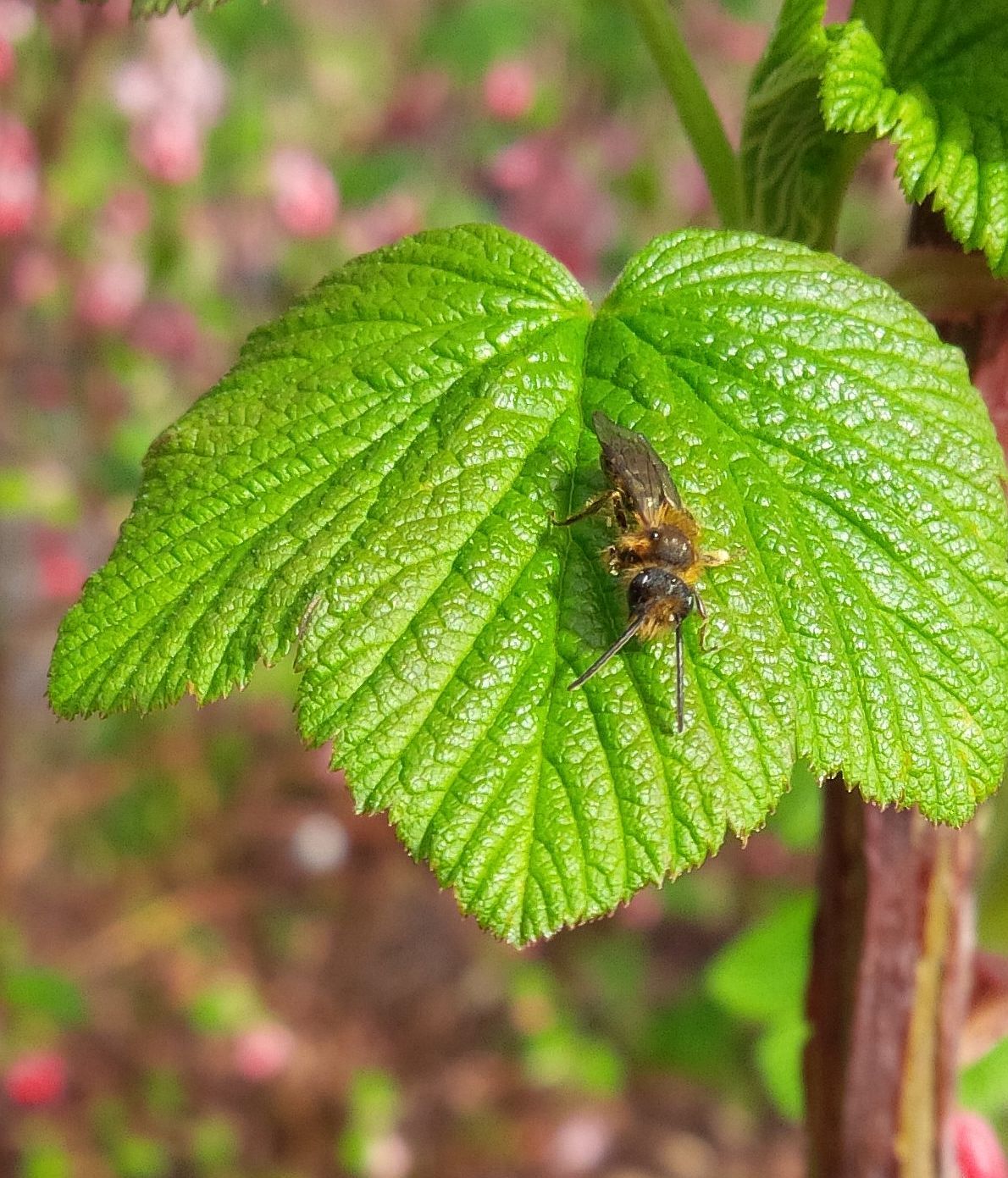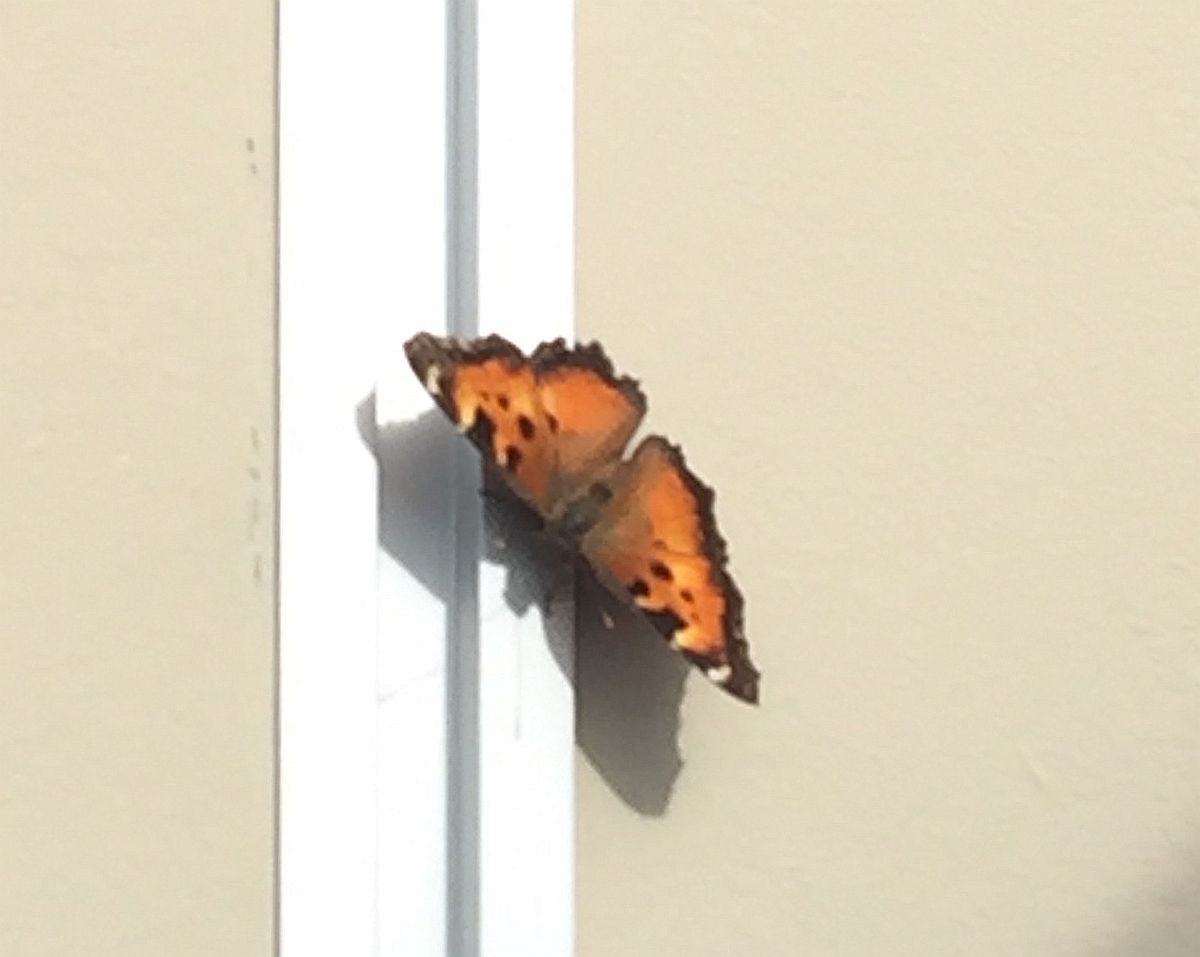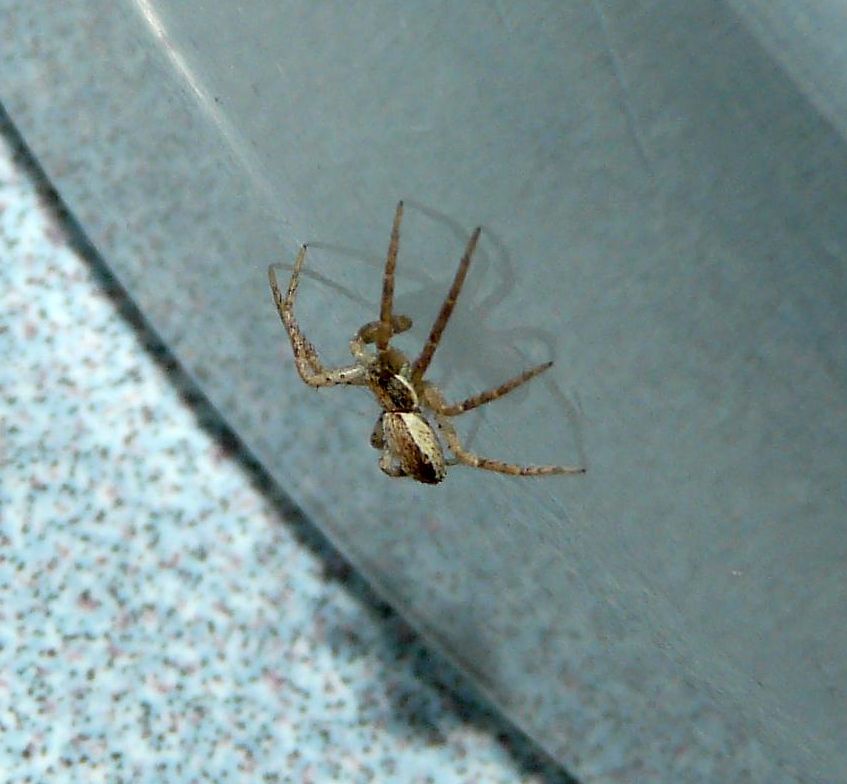2016 February 26
Butterflies!
Jeff Gaskin writes: Yesterday morning, February 25, around 10:45 a.m., there was a Satyr Comma in pretty good condition along Markham Road near the Vancouver Island Technology Park. This was in the area between Viaduct Flats and Quick’s Bottom.
Jeremy Tatum writes: This is the first identified butterfly report that Invertebrate Alert has received this year. However, on February 23, Gordon and Anne-Marie Hart saw what they described as “an orange butterfly with ragged wings” along Munn Road – but of course Gordon was giving his full attention to the road! By the time they stopped safely, the butterfly had gone, so they could not be sure of it. In that area, there’s a good chance that it might have been a Green Comma.
Jeremy Tatum writes: A Western Brown Elfin emerged today from a pupa that had come from a caterpillar found at Munn Road last year. These butterflies often emerge in March, so February is a bit early. The pupa had been kept outside all winter, so I don’t think artificial warmth triggered the early emergence. Yesterday, of course, February 25, was an unusually warm and sunny day. I photographed it indoors and then released the butterfly on Mount Tolmie, which I think is probably a little warmer than Munn Road, and with more flowers out just now (Spring Gold, Satinflower, Mahonia all in flower there just now.) We know there are Western Brown Elfins on Mount Tolmie, for they were found there last year during a VNHS field trip. There’s not much Salal there, so presumably the caterpillars feed there on Ocean Spray.
Another early lep – an Egira curialis – came to the wall of my apartment building on the same day. As with the elfin, these are often found in March. February is a little earlier than usual. The moth was in an awkward position for my camera, so I got only a mediocre shot.
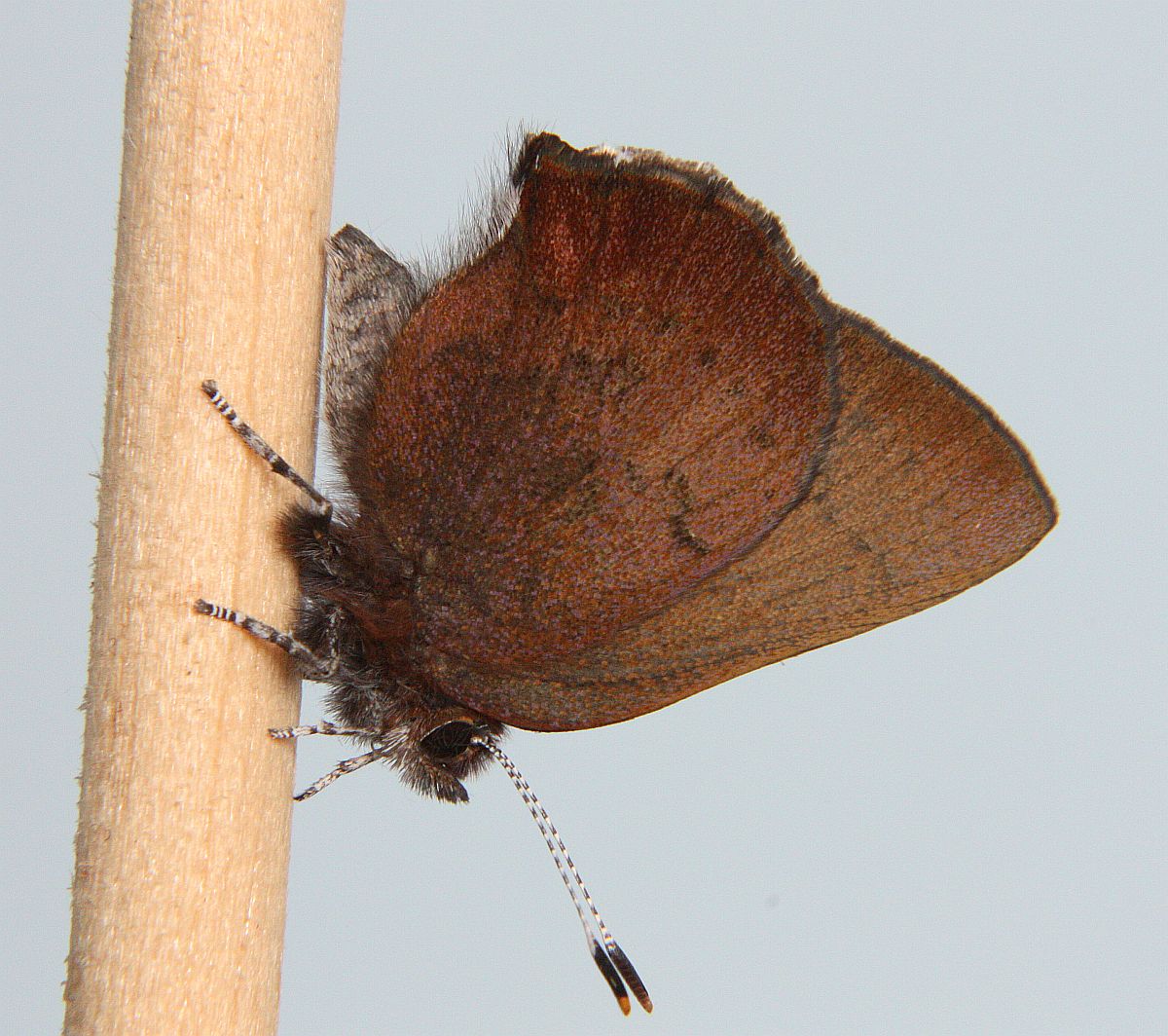
Western Brown Elfin Incisalia iroides (Lep.: Lycaenidae) Jeremy Tatum
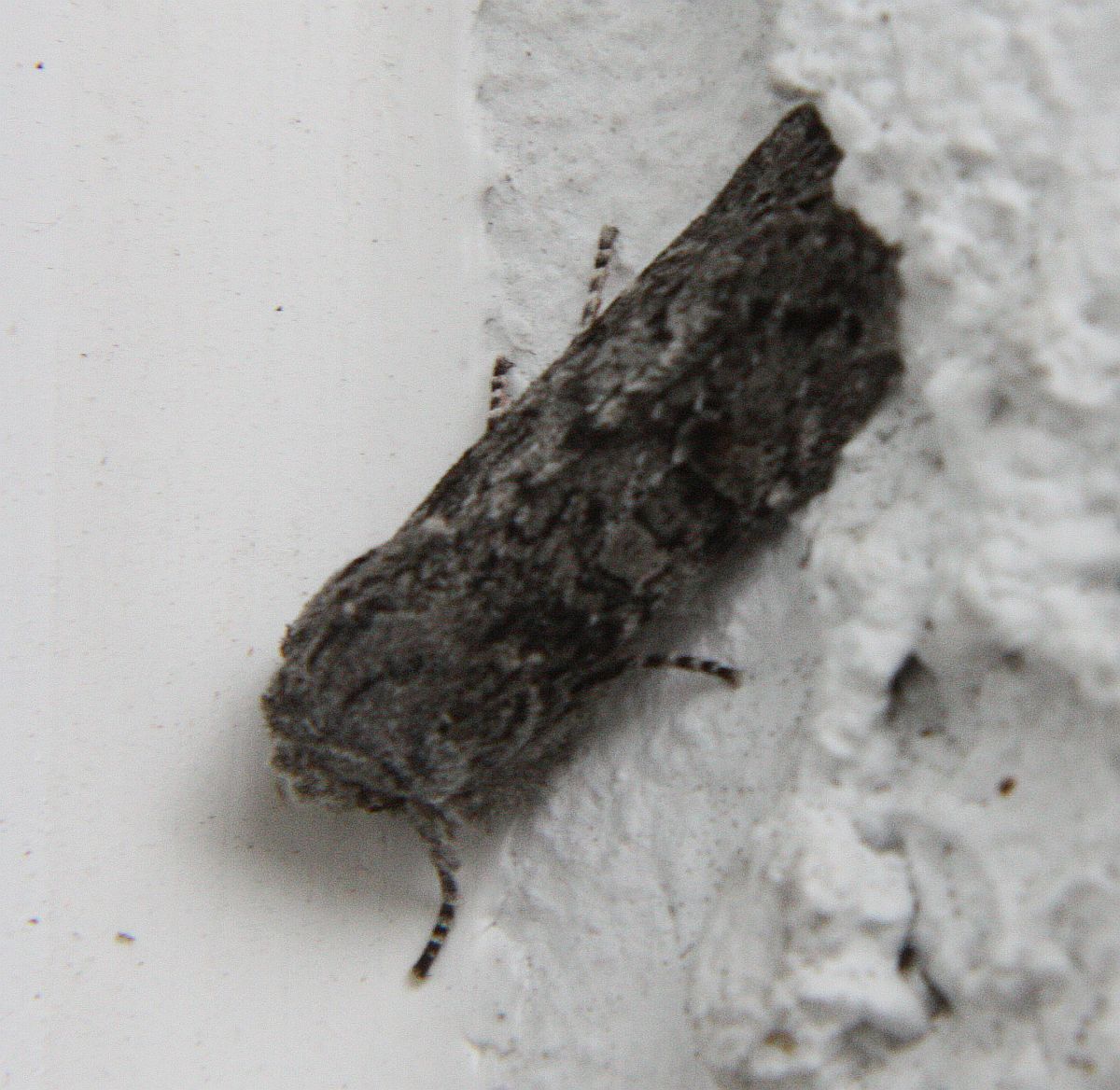
Egira curialis (Lep.: Nocuidae) Jeremy Tatum
Nathan Fisk sends a picture of a bee-mimic fly that had been feeding on flowering currants for the past few days at Fort Rodd Hill. Thanks to Dr Jeff Skevington and Kevin Moran for identifying it for us as Criorhina nigripes – a species that Kevin is studying.
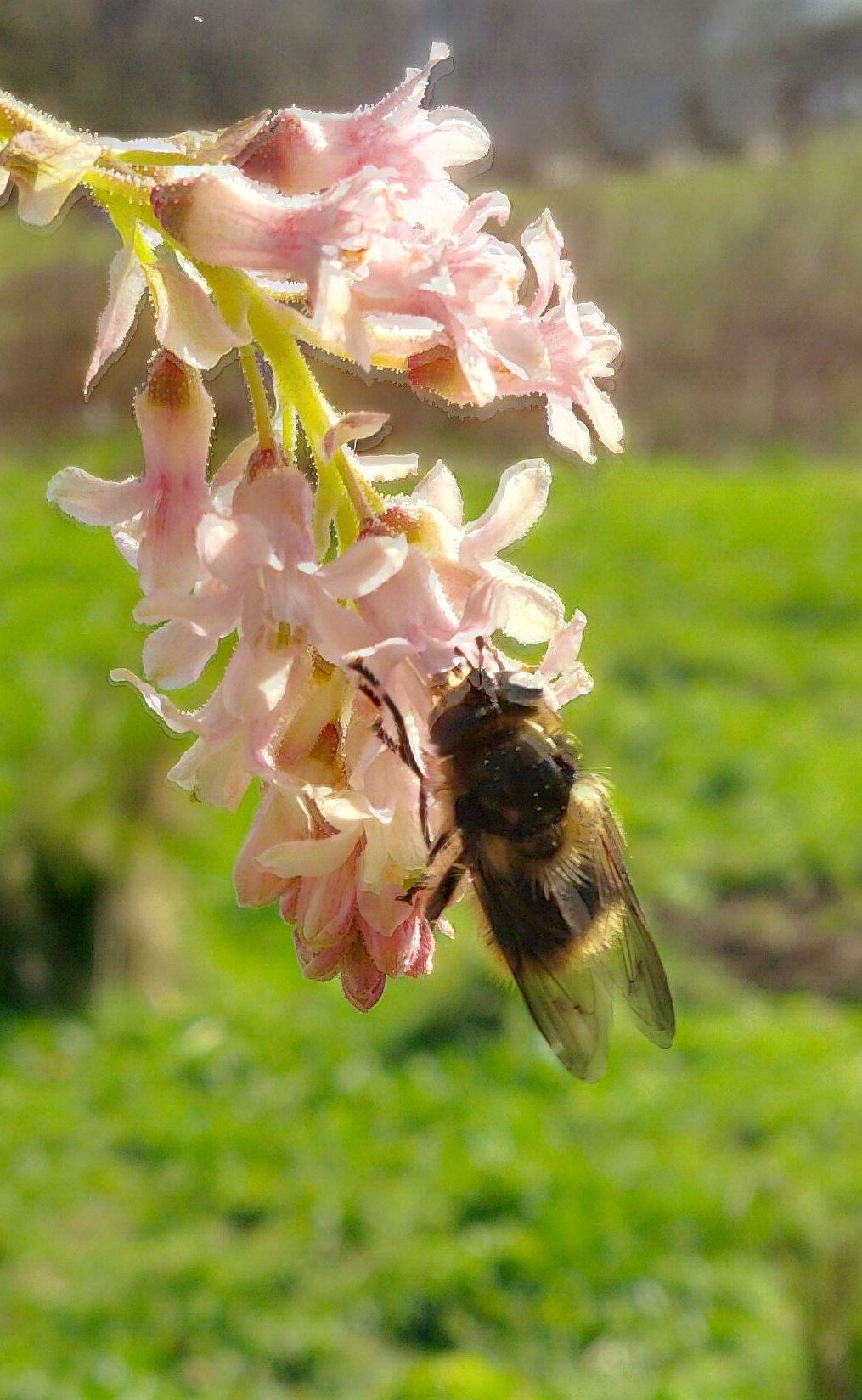
Criorhina nigripes (Dip.: Syrphidae) Nathan Fisk
